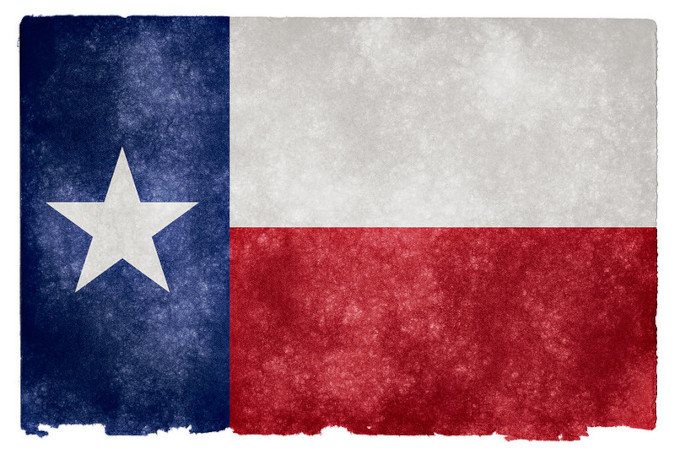Researchers in Texas have embarked on an ambitious project to develop hemp varieties for dual cropping of fiber and grain that can thrive in the state’s climate conditions. Ten to 20 varieties are expected to be developed by the beginning of 2024, and the goal is to release another 20-50 a year later, under a program at Texas A&M University.
The challenge is to develop cultivars that are heat and drought-stress tolerant and express less than 0.3% THC, the federal limit that defines industrial hemp from marijuana, according to Russ Jessup, a hemp breeding specialist in the Department of Soil and Crop Sciences at Texas A&M AgriLife Research, a part of the University’s Department of Soil and Crop Sciences.
Filling a gap
“We’re trying to fill a gap that has not yet been served to the breeding programs in the southern U.S.,” Jessup said of the two-year research initiative that is developing the germplasm collection under a two-year grant from the National Institute of Food and Agriculture, a part of the U.S. Department of Agriculture.
“There’s been no breeding work on cannabis in Texas for more than 60 years because it was banned,” Jessup said, adding that the newly formed U.S. National Plant Germplasm System collection currently includes only a handful of industrial hemp varieties, none of which are fiber or grain types.
Out of the zone
Southern U.S. states and countries further south through the equator zone have struggled to find hemp varieties that will flourish in hot, humid conditions and still meet rules governing maximum amounts of THC. Fiber and grain hemp varieties most commonly planted in North America come from Europe, and are best adapted to regions in states across the U.S. Midwest and West, and north into Canada. A similar “hemp zone” runs through southern global latitudes past the equator.
Cannabinoid, fiber and grain varieties that have been planted in Texas flowered too early, or exceeded the federal limit for THC in hemp plants of 0.3%, Jessup said.
Seeking uniformity
In addition to overcoming the challenge of early flowering, Jessup said the researchers strive to develop new varieties that will produce uniform crops, which has proven a problem with hemp trialed so far in Texas. Jessup said seeds from Europe, Australia, China, Colorado and Oregon have been planted in the state, most of that for CBD flowers.
“If you can overcome adaptation and uniformity, I think the farmers and the markets will follow,” Jessup said.
The science
Researchers at Texas A&M have already developed heat-and drought-tolerant hemp strains. Jessup said the grant project will put the pollen from proven hemp varieties onto those strains, which are always THC compliant, “and take the progeny and force them to hybridize with themselves.” The proven varieties could be from anywhere in the world, Jessup said.
All the potential genetic releases will be studied at locations in north, central and south Texas, as far south as Weslaco, which borders northern Mexico to the west.
‘Game changer’
“We will span most of the latitude of Texas at these three sites, evaluating lines for their performance. When we do that, we should be able to recommend where they should or should not be grown based on that latitude,” Jessup said.
Developing hemp varieties that produce only fiber and grain – with little to no cannabinoid content can be a “game changer” in Texas,” according to Jessup. “If you know where to grow it, how much water is required, when it’s appropriate to plant, and when not to push it too far with deficit irrigation or with trying to raise it dryland, and if you appreciate agronomics, I think it’s going to be a great crop,” he said.

